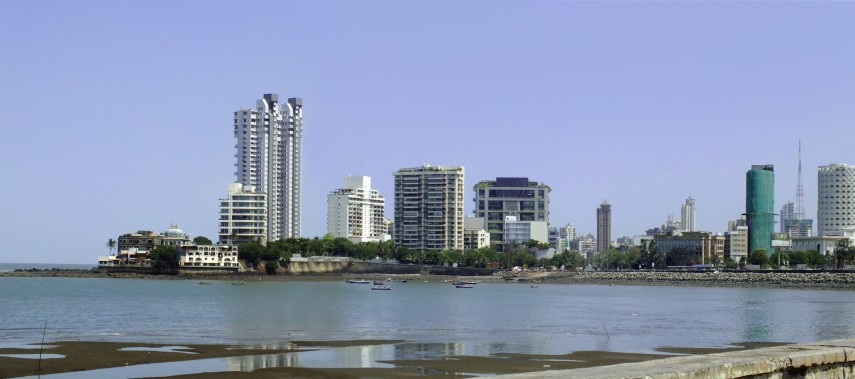URBAN INFRASTRUCTURE AND ITS INFLUENCE ON VALUE OF REAL ESTATE
Urban infrastructure refers to the physical and organizational structures, facilities, and systems that support the functioning of cities and urban areas. This includes transportation systems, such as roads, highways, railways, and public transit; utilities, such as water supply, sewer systems, and electricity grids; public amenities, such as parks, community centers, schools, and shopping centers; and communication systems, such as telecommunications and internet networks.
The quality and availability of urban infrastructure can have a significant influence on the value of real estate in urban areas. This is because infrastructure contributes to the livability and desirability of an area, which in turn can affect property values.
For example, areas with good transportation links and access to public amenities are often considered more desirable and hence command a higher price. This is because these factors contribute to the convenience and quality of life of the residents in the area. Easy access to transportation options can make it easier for people to commute to work, school, and other destinations. Public amenities such as parks, community centers, and shopping centers can enhance the quality of life for residents and make the area more attractive to potential buyers or renters.
Similarly, areas with reliable water and electricity supply are also considered more attractive to buyers and tenants. The availability of essential utilities can make the area more livable and comfortable, and can also contribute to the safety and security of residents.
In addition, infrastructure can play a role in the development of certain neighborhoods. The construction of new infrastructure, such as a new highway or subway line, can open up previously inaccessible or neglected parts of a city, leading to increased property values in the area. For example, the construction of the High Line Park in New York City transformed the surrounding area from a run-down industrial district to a highly desirable residential and commercial neighborhood.
On the other hand, poor infrastructure can have a negative impact on property values. Areas with limited access to public transportation, poor road conditions, or unreliable utilities can be seen as less desirable and can lead to lower property values. For example, areas prone to frequent power outages or water shortages may not be as attractive to potential buyers or renters.
In summary, the quality and availability of urban infrastructure are significant factors that influence the value of real estate in urban areas. Investing in infrastructure development can have positive impacts on property values, while neglecting or failing to maintain infrastructure can have negative consequences.
FOR MANY MORE UPDATES AVAILABLE CLICK BELOW
CLICK THE BELOW LINK TO READ THE COMPLETE CONTENTS
SOME CONTENTS OF THIS WEBSITE ARE FOR GOLD SUBSCRIBERS ONLY.
Join us as a GOLD SUBSCRIBER and get access to read important books.
KIND ATTENTION
We are going to close all what’s groups of CEV soon due to difficulties in posting information or message in more than 5 groups of CEV at a time.
All future posts of empanelment notices & professional importance will be shared on
1. https://t.me/+dbHNkNO22xsyYTY1
2. www.valuerworld.com
3. The Twitter handle of CEV India
https://twitter.com/cevindia?t=XbqlvnwUVz1G3uPgs749ww&s=09
after closing the groups.
All members of these groups are requested to register themselves at the following link immediately for Getting all related timely updates.


